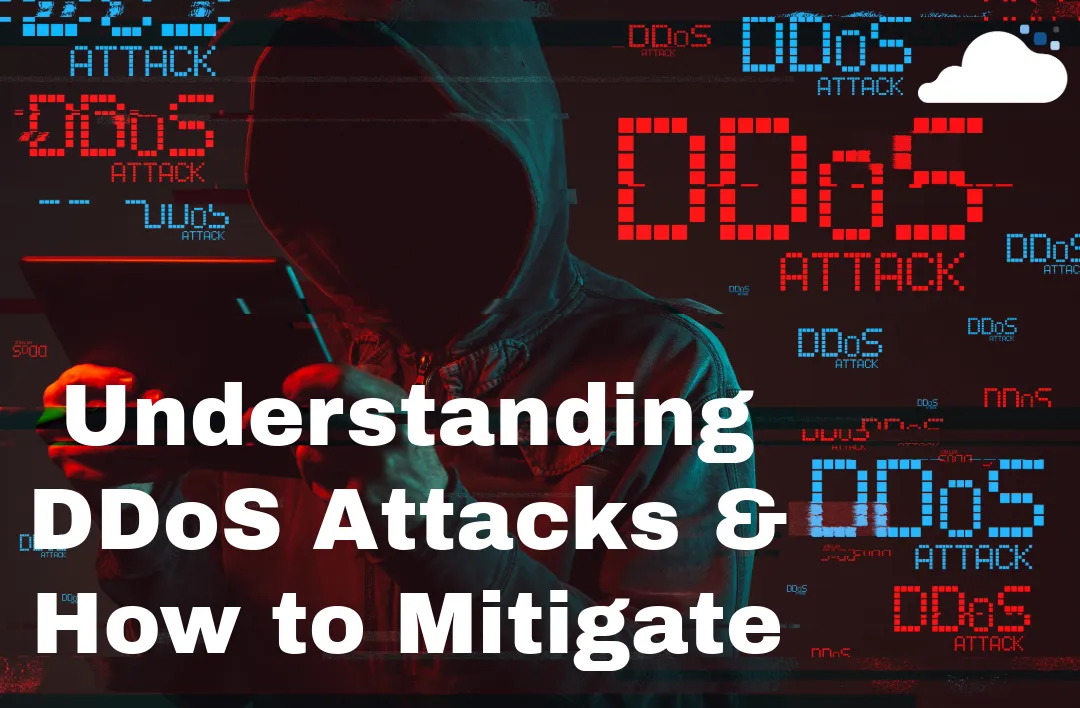
Understanding DDoS Attacks and Mitigation Techniques: Safeguarding Your Digital Infrastructure
Understanding DDoS Attacks and Mitigation Techniques
Today’s world is more interconnected than ever. The threat landscape facing businesses is constantly evolving, with cyberattacks becoming increasingly sophisticated and frequent. Among these threats, Distributed Denial of Service (DDoS) attacks pose a significant risk to organizations of all sizes. Understanding DDoS attacks and having effective mitigation techniques in place are crucial steps in protecting your digital infrastructure from disruption and damage.
What is a DDoS Attack?
A DDoS attack is a malicious attempt to disrupt the normal functioning of a targeted server, service, or network by overwhelming it with a flood of traffic from multiple sources. Unlike traditional denial-of-service (DoS) attacks, which are carried out by a single attacker from a single source, DDoS attacks involve a coordinated effort from a network of compromised devices, often referred to as a botnet.
Types of DDoS Attacks
DDoS attacks come in various forms, each targeting different aspects of an organization's infrastructure. Some common types of DDoS attacks include:
Volumetric Attacks: These attacks flood the target with a high volume of traffic, consuming available bandwidth and rendering services inaccessible to legitimate users.
Protocol Attacks: Protocol-based attacks exploit vulnerabilities in network protocols (e.g., TCP, UDP, ICMP) to exhaust server resources or disrupt communication between devices.
Application Layer Attacks: Also known as Layer 7 attacks, these target specific applications or services, such as HTTP or DNS servers, by exploiting weaknesses in the application layer.
Why are DDoS Attacks Dangerous?
DDoS attacks can have severe consequences for businesses, including:
Disruption of Services: DDoS attacks can render critical services and applications unavailable to legitimate users, leading to downtime and loss of revenue.
Reputation Damage: Extended periods of service disruption can damage a company's reputation and erode customer trust, resulting in long-term financial and reputational losses.
Data Breach Risk: DDoS attacks may serve as a diversionary tactic, masking more sophisticated attacks aimed at stealing sensitive data or compromising systems.
To understand more about DDoS attacks, check our resources from Different Types of DDoS Attacks Explained | ConnectWise
Mitigation Techniques
Implementing effective mitigation techniques is essential for mitigating the impact of DDoS attacks and ensuring the resilience of your digital infrastructure. Some common mitigation strategies include:
Traffic Filtering: Deploying firewalls, intrusion detection/prevention systems (IDS/IPS), and rate limiters to filter out malicious traffic and block suspicious requests.
Scalable Infrastructure: Utilizing cloud-based content delivery networks (CDNs) and load balancers to distribute incoming traffic across multiple servers and mitigate the impact of volumetric attacks.
Anomaly Detection: Implementing real-time monitoring and anomaly detection systems to identify unusual patterns in network traffic and trigger automated responses to mitigate attacks.
Web Application Firewalls (WAF): Deploying WAFs to inspect and filter incoming HTTP/HTTPS traffic, protecting web applications from Layer 7 attacks.
DDoS Protection Services: Leveraging the expertise of DDoS protection service providers to detect and mitigate attacks in real-time, often through a combination of network-based and cloud-based mitigation techniques.
For more information on DDoS attacks, check out our resources from NIST and CISA
SAFEGUARDING YOUR DIGITAL INFRASTRUCTURE WITH TCI CYBERSECURITY SOLUTIONS
At TCI, we understand the importance of comprehensive cybersecurity solutions in protecting your digital assets from DDoS attacks and other cyber threats. Our managed IT services include:
Cybersecurity Assessments: Our experienced professionals conduct thorough evaluations of your IT infrastructure to identify vulnerabilities and recommend targeted solutions.
DDoS Protection: We offer affordable advanced DDoS protection services, leveraging cutting-edge technologies to detect and mitigate attacks in real-time, ensuring uninterrupted access to your critical services and applications.
Managed IT Security Services: Our Managed IT Security Services provide continuous monitoring, threat detection, and incident response capabilities to safeguard your digital infrastructure against evolving cyber threats.
Cybersecurity Strategy Consulting: Our experts provide cybersecurity strategy consulting services to help your business determine the right risk mitigation strategy.
Conclusion
In conclusion, understanding DDoS attacks and implementing effective mitigation techniques are critical components of a robust cybersecurity strategy. By staying vigilant, investing in proactive security measures, and partnering with experienced security providers, organizations can better protect their digital infrastructure from the disruptive effects of DDoS attacks.
Remember, DDoS attacks are not a matter of if, but when. Being prepared and having mitigation measures in place can significantly reduce the impact of these attacks and help safeguard your business continuity and reputation in an increasingly hostile digital landscape. Understanding the cyber attacks’ TCI provides cybersecurity services against such threats. Contact Us.